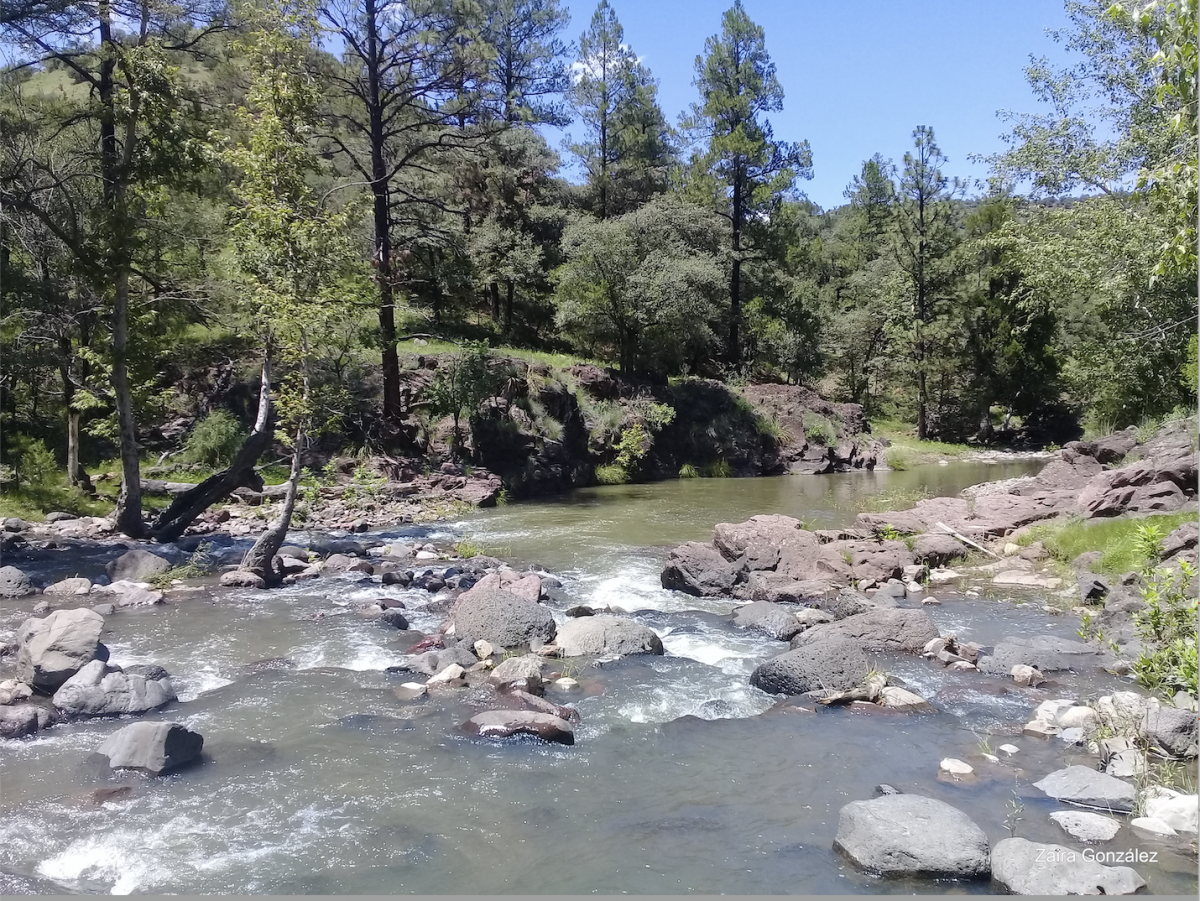Arizona & Mexican biologists work together to recover one of North America?s most endangered species
Gonzalez_stream.png

A new paper published last week in the journal ?Diversity and Distributions? demonstrates that the historical range of the Mexican wolf, a critically endangered subspecies of the gray wolf, contains ample high-quality habitat for species restoration. Besides the area occupied by the current central Arizona and New Mexico population of Mexican wolves, two other large areas of high-quality wolf habitat were identified in the Sierra Madre mountains of Mexico, which mirror areas defined by Defenders of Wildlife in their 2006 publication ?Places for Wolves.?
?As part of many other binational conservation efforts, this analysis provides key information showing where Mexican wolves have the highest probability of thriving,? said the project?s lead scientist, Dr. Enrique Martinez-Meyer of Universidad Nacional Autónoma de México.
The study is significant for two reasons: 1) The research is the first to include an evaluation of prey biomass across the landscape ? a critical element to assure sustainable wolf populations for the future and 2) the research was conducted by a binational team representing seven different institutions, including SNRE. The study additionally presents key findings that nullify the concerns of some advocacy groups claiming that Mexico does not have enough habitat to support wolf recovery. This state-of-the-art habitat analysis clearly shows that Mexico contains abundant high-quality habitat and will continue to play a crucial role in the recovery of the Mexican wolf.
To complete this analysis, Tyson Swetnam, Research Assistant Professor BIO5 Institute and James Heffelfinger, SNRE Full Research Scientist, collaborated with other scientists and biologists from the UNAM Universidad Nacional Autónoma de México, Universidad Autónoma Metropolitana, UAQ Universidad Autónoma de Querétaro, Arizona Game and Fish Department, New Mexico Department of Game and Fish, University of Arizona, and the U. S. Fish and Wildlife Service. The research team benefitted from new mapping datasets, cutting-edge habitat analysis methods, and the University of Arizona?s CyVerse platform to enable the technical aspects of the collaboration.
?This habitat analysis provided the foundation for the current Mexican Wolf Recovery Plan and will guide continued collaborative recovery efforts with Mexico,? said Clay Crowder, AZGFD assistant director, wildlife management division. ?Mexico contained 90% of the Mexican wolf?s historical habitat, so it only makes sense that they continue to be partners in their recovery. Efforts to recover Mexican wolves north of historical range, as some have advocated, are not only unnecessary but against federal 10(j) regulations, because suitable habitat exists within historical range.?
Mexican wolves are among the most endangered species in North America. Before recovery efforts took hold, fewer than 50 individuals remained in the wild. As a predator and competitor, Mexican wolves play an important role in ecological processes. Recovery efforts are well underway in both countries, and the number of wild individuals has climbed to at least 163 Mexican wolves in the U.S. and about 30 in Mexico.
View further coverage of this story by the Arizona Game & Fish Department and KOLD news.
Feature photograph and photograph above taken by Zaira Gonzalez, study coauthor

